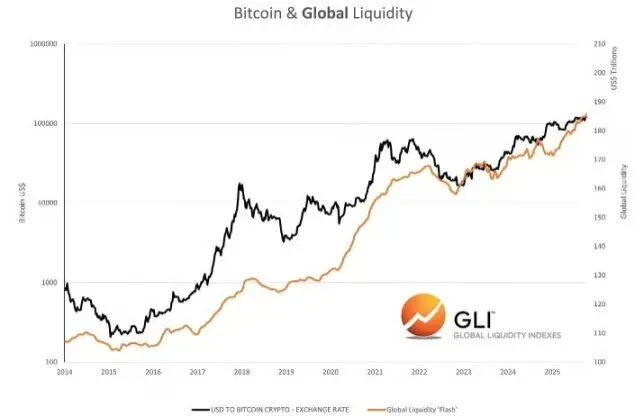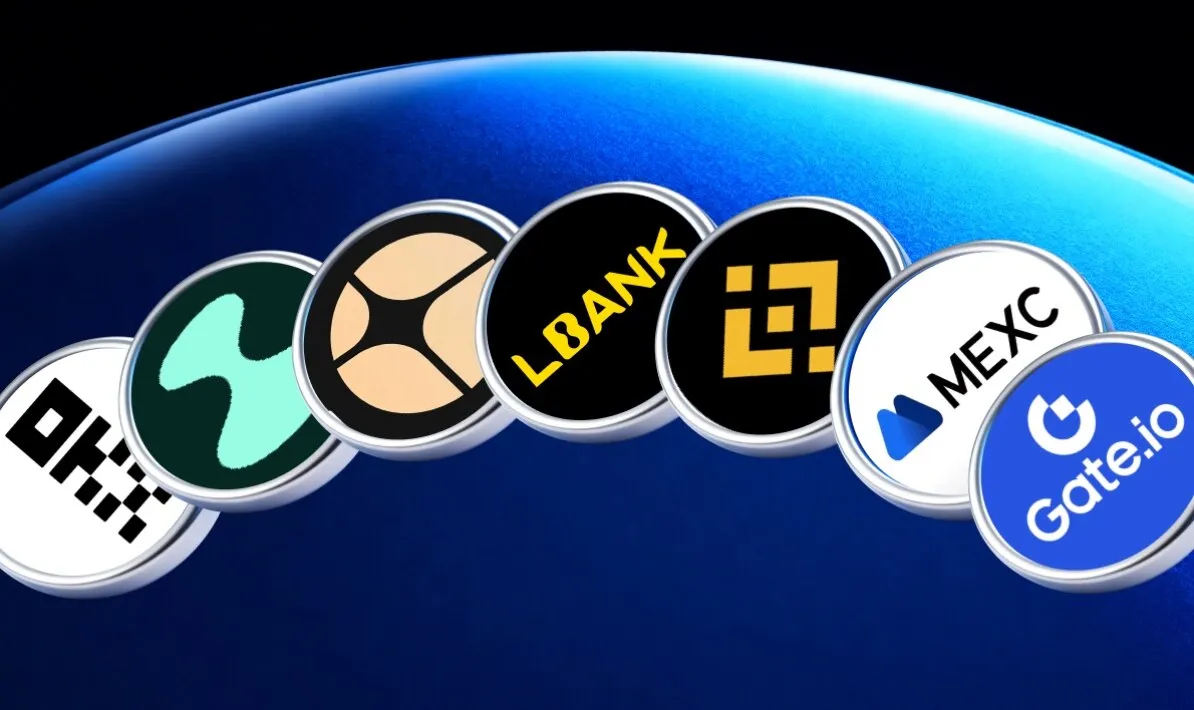Author: Lawyer Liu Honglin
In the past decade, AI has been defined as a form of "intelligent productivity" — it helps humans make decisions, optimize processes, and save costs. Now, a more fundamental question is approaching: when AI is no longer just thinking and expressing but can autonomously "spend money," how will the economic order of this world be rewritten?
The emergence of AI payments means that machines are participating in value exchange for the first time. It transforms from a cognitive system into an economic entity. It requires identity, accounts, credit, contracts, clearing, and even responsibility. When we discuss the next steps for AI, we are no longer talking about algorithms, computing power, or the scale of large models, but rather more fundamental questions — when AI truly participates in economic activities, how will it "pay"? Who grants it accounts, credit, clearing, and responsibility?
The redesign of the payment system will determine the boundaries of the intelligent economy. We find that three distinctly different paths have emerged around the question of "how AI pays."
One path is an institutional route centered on identity and regulation, attempting to allow AI to operate legally within the existing financial system; another is a crypto-native path based on blockchain, enabling AI to become an autonomous economic node; and the third is a vertical integration path centered on corporate ecosystems, allowing AI payments to land through productization and packaging.
These three routes are like three-body civilizations, independent yet interacting with each other. They do not replace one another but explore the same question under different trust logics — in a world where machines can also fulfill contracts, how should trust be rebuilt?
Google: Allowing AI to "Spend Money on Behalf of Humans"
Google's approach resembles imperial thinking. Its AP2 (Authorized Payment Protocol) is a set of "AI Authorized Payment Protocols," attempting to embed the economic behavior of machines into the existing financial system. In other words, it does not aim to give AI its own account but to allow AI to execute payments on behalf of humans within an authorized scope.
Its core mechanism includes three steps: identity verification, authorization credentials, and payment execution.
Users first define their AI's permissions in the system — for example, this AI can pay for subscriptions, place ads, and settle computing bills, but cannot transfer money or invest. Whenever the AI initiates a payment, the system generates a short-term encrypted authorization (similar to a one-time digital signature), which is verified by Google's network before executing the transaction. Once the payment is completed, the authorization automatically expires.
In this mechanism, AI is merely an executor, not the account holder. The money it spends still comes from human wallets, and clearing still goes through banks, card organizations, or Google Pay's payment channels. AI is merely a "proxy," and its permissions and boundaries are defined by users and regulators together.
The problem Google seeks to solve is: how can AI safely help humans spend money without overstepping authority or breaking the law? It is not concerned with freedom but with controllability and compliance. This is "imperial trust": trust comes from identity and regulation, not algorithms.
Coinbase: Allowing AI to "Spend Its Own Money"
Coinbase's thinking is the opposite. It does not let AI represent anyone but allows AI to become an economic entity itself.
In this crypto-native system, each AI can generate its own encrypted wallet (equivalent to a bank account) and have its behavior rules defined by smart contracts.
For example, you can pre-load this AI wallet with 1 ETH and write rules: "Each task expenditure must not exceed 0.05 ETH; payments must have on-chain contract records; if the balance falls below 0.1 ETH, automatically request additional funds." From that moment on, this AI becomes an independent "economic entity." It can autonomously trade with other agents, pay API fees, purchase computing power, and distribute rewards — the entire process requires no human authorization.
Coinbase's x402 protocol is designed for this autonomous economy, allowing direct communication and settlement between different AIs. Transactions are completed via blockchain, with funds transferred directly from the AI wallet without the need for banks or payment company intermediaries.
The core logic of this system is: trust no longer comes from identity but from code. There is no superior authorization or manual review — the contract rules are the law. It addresses another question: how can AI independently participate in economic activities without human endorsement? This is also why it raises the most concern for regulators: in such a world, who owns the assets? Who bears the risks? Who can regulate?
Stripe: Making Implementation the Priority
If Google wants AI to spend money within the confines of the system, and Coinbase wants AI to spend money outside the confines, then Stripe represents a third way — enabling AI to spend money first. It does not discuss grand institutional revolutions or pursue the freedom of the crypto world but returns to the starting point of business: settlement.
Stripe's starting point is quite realistic. In today's internet world, almost all economic activities are based on "automatic payments" — advertising placements, subscription deductions, API calls, cloud computing settlements, all of which cannot be completed through manual instructions. For AI to truly enter the commercial cycle, it must have the ability for "autonomous settlement." However, traditional payment systems do not support this, and crypto systems are not recognized by regulators. Thus, Stripe chose a third path — building a usable bridge between the existing system and the future system.
It established a corporate payment network called Tempo, which neither relies on the authorization system of financial institutions like Google nor is completely decentralized like Coinbase, but is hosted and audited by Stripe itself. Tempo is closed, but it is compatible with blockchain-style smart contracts and can interface with fiat accounts. Developers can simply call Stripe's SDK, and AI can complete payments, settlements, tax declarations, and other actions in the background — for example, it automatically pays advertising budgets, purchases computing power, and settles data fees, all executed by Stripe's system in the background.
In this model, AI neither owns a wallet nor signs authorizations; it entrusts payment rights to the platform. Trust no longer comes from regulation or algorithms but from the enterprise itself — from Stripe's credit, compliance, and risk management. This is a typical "commercial trust": not because the world is perfect, but because someone is willing to take responsibility.
When viewed in specific scenarios, the differences become clearer. An AI responsible for operating an advertising account: in Google's system, it must obtain authorization before making payments, with limits and purposes defined by regulatory rules; in Coinbase's system, it holds its own wallet and can directly settle advertising fees on-chain, with transactions being public but irreversible; while in Stripe's system, it does not care about wallets and signatures, only issuing commands — the Tempo network automatically handles all clearing, tax, and compliance reporting. AI payments become like calling a function, clean, fast, and visible.
The problem Stripe seeks to solve is not "can AI spend money," but "how can AI safely spend money in the real financial system?" It chooses to use corporate credit to manage machine trust, packaging complex financial relationships in a productized way. But the cost is also clear. Tempo is Stripe's private network, and all settlement paths are controlled by the enterprise. If the platform makes a mistake, the entire system could come to a halt.
If Google represents an extension of the system, and Coinbase represents a challenge to the system, then Stripe represents the integration of the system — replacing institutional conflict with commercial efficiency. Its revolution is not about overthrowing the old world but about allowing new technology to land in the old world first. The competition among the three is not only a competition of technology but also a competition of systems. Who will ultimately be responsible for the future AI world? Regulators, code, or platforms?
This will not be a binary choice. The payment system has never had only one winner. Whether it is VISA, SWIFT, PayPal, or digital RMB, they have coexisted for decades. The emergence of a new payment system will not eliminate the old system but will coexist and overlap with it until the market and regulators jointly accept it.
Legal Challenges
In this transformation, the real challenge lies not in technology but in law.
Can AI become an independent economic entity? Can it legally hold assets and sign contracts? If its payment behavior goes wrong, who should bear the responsibility? This is the "fundamental problem" of all current AI payment solutions. In the on-chain world, smart contracts are irrevocable, which makes trust stronger but also makes errors more fatal. Once AI misjudges and funds are incorrectly transferred, there is no "undo" button. In the traditional legal system, the traceability of transactions is the bottom line of the system — every payment must have a clear responsible party. If AI's autonomous payments cannot be incorporated into a legal responsibility framework, its "freedom" cannot be recognized by the system.
This is also why I believe AI will not possess true economic personality in the short term. It can execute payments but cannot bear consequences. Every step of AI payments still requires human signatures, platform custody, and institutional endorsement. This is similar to the early stages of autonomous driving technology, where it can technically be let go, but legally it cannot. The future of AI payments is the same — we must first design a complete "intelligent agent responsibility system," including authorization rules, loss compensation, risk insurance, and regulatory interfaces; otherwise, this system will quickly collapse.
In the short term, AI payments will first appear in the existing payment systems in the form of "intelligent authorization," such as automatic settlement functions in Google Pay, Apple Pay, or WeChat Pay; in the medium term, enterprise-level scenarios (SaaS calls, advertising settlements, API billing) will likely form an automatic payment ecosystem first, with the Stripe model being the most likely to commercialize; and in the long term, Coinbase-style decentralized systems, although facing the greatest compliance pressure, are most likely to give birth to true institutional innovation. Because it raises the most fundamental questions — who owns the assets, who defines trust, and who bears responsibility.
Technology will ultimately force the law to provide new answers. Perhaps future contract law will add a "smart agent responsibility clause," or perhaps future anti-money laundering regulations will include a chapter on "AI customer identification." The evolution of AI payments will inevitably drive institutional evolution.
Reference Material
Luke: "The Final Battle of AI Payments: The Three-Body Game of Google, Coinbase, and Stripe"
免责声明:本文章仅代表作者个人观点,不代表本平台的立场和观点。本文章仅供信息分享,不构成对任何人的任何投资建议。用户与作者之间的任何争议,与本平台无关。如网页中刊载的文章或图片涉及侵权,请提供相关的权利证明和身份证明发送邮件到support@aicoin.com,本平台相关工作人员将会进行核查。



